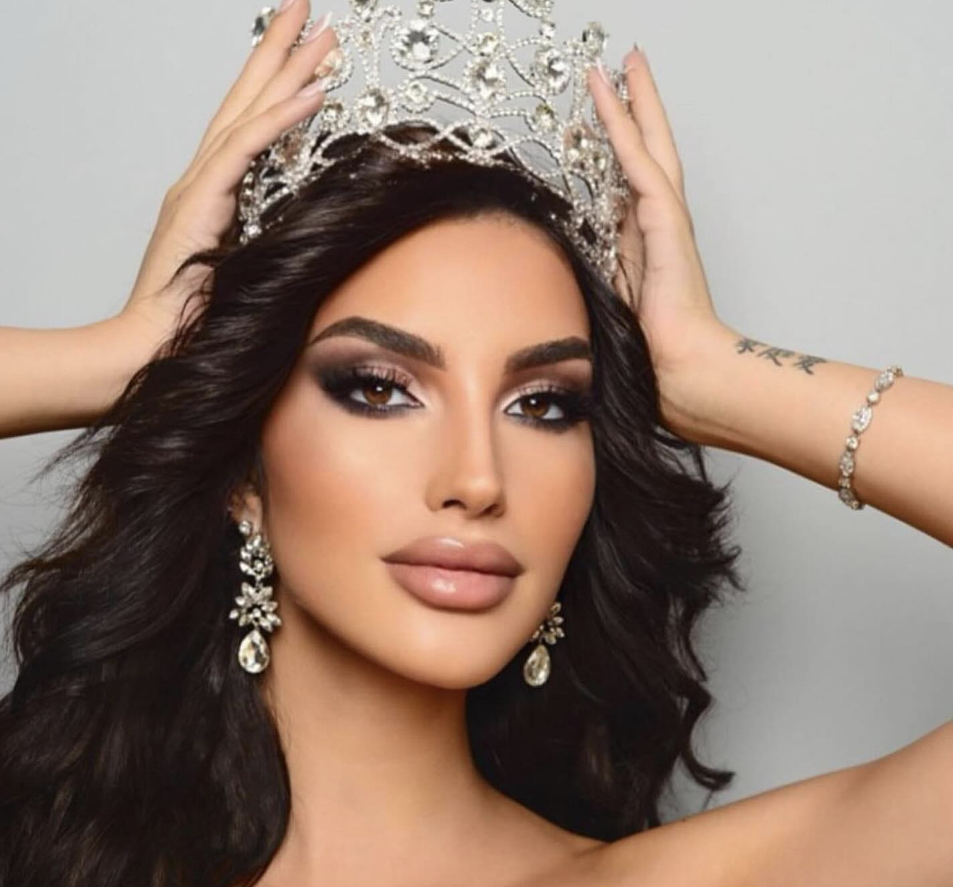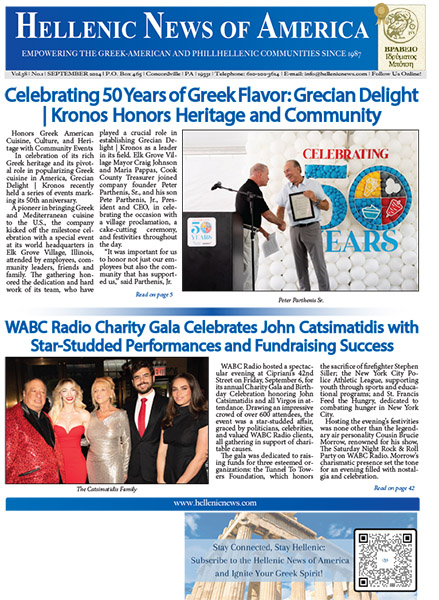By Dorie Klissas
A recent analysis used the Golden Ratio to identify some of the world’s most beautiful women. Leading the list is The Queen’s Gambit star Anya Taylor-Joy, known for her role as Beth Harmon, with a score of 94.66%. Close behind are actress and singer Zendaya, at 94.37%, and fashion model and influencer Bella Hadid, scoring 94.35%. These percentages reflect how closely their facial features align with the proportions of the Golden Ratio.
The golden ratio, Phi, has origins in ancient Greece where it was first described by the Greek mathematician Euclid as “dividing a line in the extreme and mean ratio,” later referred to as the “golden mean” with proportions considered naturally pleasing to the human eye. Later referred to as the “golden mean” this ratio has been used for centuries to create beauty and harmony in various forms, from architecture to art. When applied to the human face, Phi is calculated by measuring the length and width, then dividing the length by the width—the closer the result is to 1.618, the more “attractive” a face is often considered.
The concept of beauty has evolved significantly over time reflecting the changing societal norms and cultural values. In Ancient Egypt, beauty was associated with symmetry, proportion and youthfulness, with certain physical traits like almond-shaped eyes and slender bodies highly valued. The “golden ratio” concept in Ancient Greece represented a mathematical proportion celebrating physical perfection and proportional bodies. Statues, particularly representations of goddesses like Aphrodite and Venus de Milo were seen as embodiments of ideal beauty.
During the Middle Ages, pale skin symbolized wealth and nobility, and the Renaissance brought a focus on classical ideals, with women like Botticelli’s “Venus” having fuller figures and soft facial features. The early 20th century saw a shift toward a more athletic body, while the mid to late 20th century celebrated the hourglass figure in icons like Marilyn Monroe. The 1960s introduced a more waifish and youthful aesthetic through figures like Twiggy and the 1980s and 1990s brought diverse beauty standards from the fitness and supermodel boom (Cindy Crawford, Naomi Campbell, and Iman). Throughout this time, however, symmetry is a key factor in perceptions of beauty with studies showing more symmetrical faces are often rated more attractive.
In 1989, New York City plastic surgeon Dr. Darrick Antell received a research grant from the American Society of Aesthetic Plastic Surgery to explore what he termed “the ideal standard of beauty.” Collaborating with James W. Smith, they conducted a study using top models from Ford Models as subjects, meticulously measuring their facial proportions to create a comprehensive dossier of micro-measurements. Their work was informed by “Anthropometry of the Head and Face in Medicine,” a reference book by Toronto plastic surgeon Dr. L.G. Farkas, which compared ancient Greek ideals of facial symmetry with modern populations. Dr. Antell explains, “By overlaying drawing paper on a patient’s photograph and using this repository of ideal measurements, we can more accurately assess whether a patient may lack cheekbone definition or have excess bulk in the jaw, for example. The adjustments are often subtle but impactful.”
“It’s fascinating how the concept of beauty varies across cultures,” observes Dr. Antell today. “For instance, in certain African societies, scarification—intentional scarring—is considered beautiful. In other cultures, people adorn their faces with rings on their upper or lower lips,” he adds. Drawing a modern comparison, Dr. Antell muses, “Imagine if someone like Taylor Swift got her nose pierced. You’d see countless young women following suit.
When asked about the most beautiful Greek women, Dr. Antell described how iconic actresses like Melina Mercouri and Irene Papas, though known for their striking, angular features, were celebrated for their timeless beauty and facial symmetry—qualities closely associated with the golden ratio. Among contemporary Greek women, he pointed to actress and television presenter Maria Menounos and professional tennis player Maria Sakkari, both admired for their natural beauty and balanced features.
As for current beauties, Christianna Katsieri, Miss Universe Greece 2024, will represent Greece at the international pageant in Mexico City this November, embodying modern Greek beauty on a global stage








